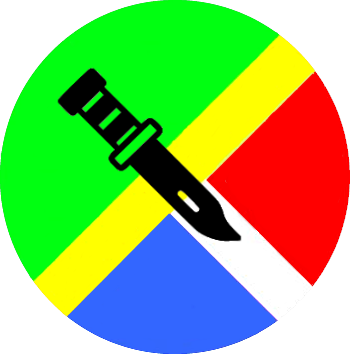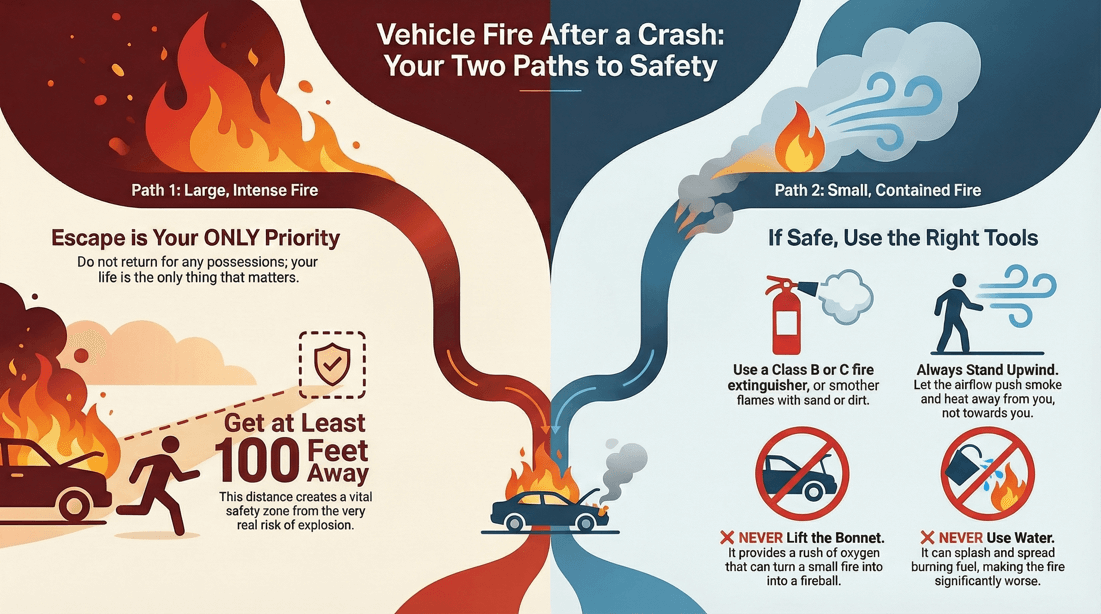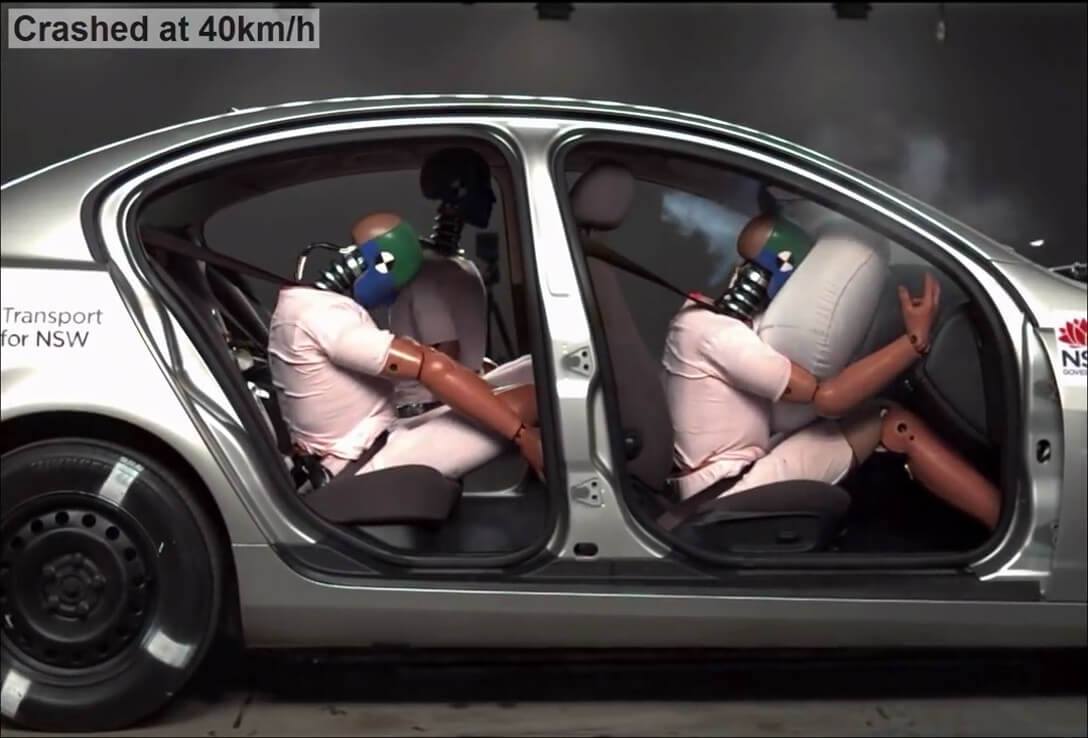Collision
⫸ Free YouTube Subscription
A crash is frightening, but when a fire breaks out moments later, it becomes a race against time. Flames can erupt with terrifying speed after a collision, turning a dangerous situation into a life-threatening emergency. In the chaos of impact, when drivers and passengers are stunned or disoriented, knowing what to do next can save lives. Acting fast, recognizing warning signs, and understanding how vehicle fires start are essential steps in staying safe.
What should you do if a fire breaks out after a car crash? How can you tell if it is safe to remain in the vehicle? When should you attempt to help others get out? Where is the safest place to move to after escaping the vehicle? What if someone is unconscious or injured and cannot move? How do you alert emergency services effectively during a fire? What steps should you take to avoid additional explosions or hazards? What warning signs should drivers look for immediately after impact? Why do some crashes ignite while others do not? How can drivers prepare for this kind of emergency? What conditions turn a typical accident into a dangerous fire emergency?
This page provides clear, practical guidance to help you respond quickly and decisively if fire follows a collision. It explains how post-crash fires start, which warning signs to watch for, and what actions to take when every second counts. You’ll learn how to assess your surroundings, assist others, and protect yourself while waiting for help. Whether you are driving on a busy highway or a quiet backroad, understanding these critical steps prepares you to act with calm, purpose, and confidence.
The intensity and size of the fire will determine the course to follow:
⧋


